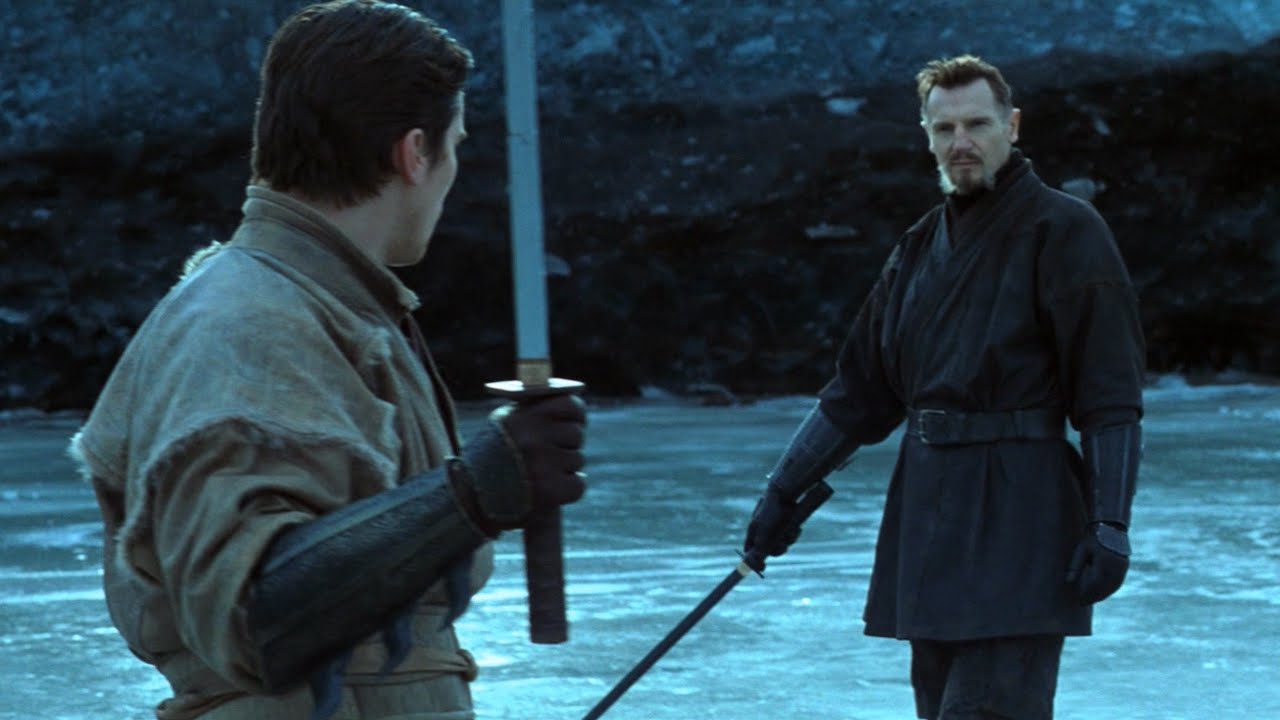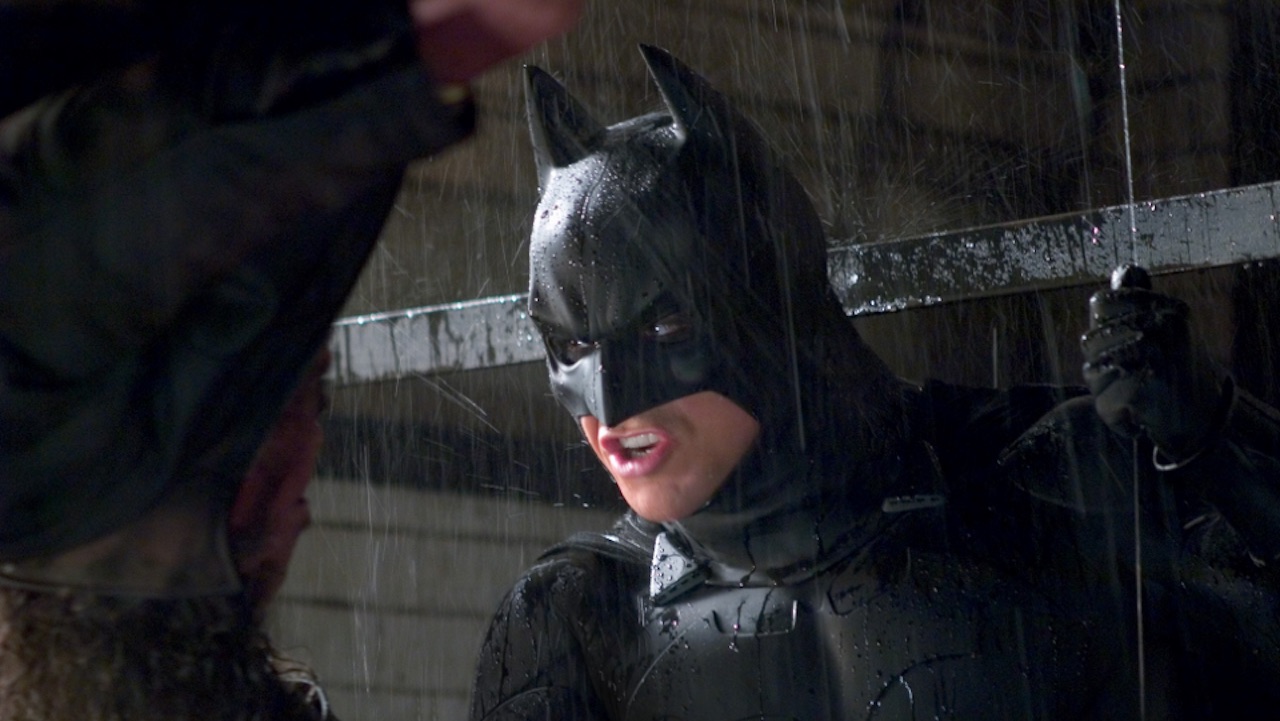Batman Begins at 15: Why Christopher Nolan’s Bat-flick remains the best superhero origin movie ever made
In a world dominated by comic book movies, Batman Begins is still the best superhero origin story ever told

You know the story by now. A father, a mother, and their young son leave a screening of Zorro and are confronted by a criminal in Crime Alley. The parents die, the son survives. The origins of Batman – alongside the spider bites, gamma experiments, and exploding planets – is one of the many superhero starting points that has been told ad nauseum, both in the pages and panels of comic books and on the big screen. But one did it best.
The first of Christopher Nolan’s Bat-trilogy, Batman Begins is often overshadowed by the peerless sequel, The Dark Knight, and the over-stuffed The Dark Knight Rises. But the director, with his handling of Batman’s first rodeo, laid down a blueprint for how comic book origin movies should play out – one that hasn’t been matched by anything in the MCU, DCEU, or the mega-explosion of superhero movies that followed.
For many, origin stories have become so tired that they’ve entered pastiche territory. Spider-Man: Into the Spider-Verse neatly spoofs the rundown of how Peter Parker got his powers, while other movies (such as Spider-Man: Homecoming) swerve it entirely. Yet, there’s still some importance in that precise moment when a man or woman becomes more than flesh and blood. Without Alpha, there is no Omega.

Nolan, though, wisely dialled back on that night in Crime Alley. Watch Batman Begins again and you’ll be surprised by how long young Master Wayne’s flashback of the worst night of his life actually lasts. You’re looking at 80 seconds, tops. This isn’t a time to pick at old wounds. To paraphrase Thomas Wayne’s own words – the fall happened, it’s done, and it’s time to get back up again.
It speaks to an inherent understanding of the character. Whereas some – for instance The Incredible Hulk – paint whatever accident or misfortune that kickstarts a crime-fighting career as something that is inevitable, Batman Begins has several extended training sequences before Bruce Wayne starts seeking revenge in Gotham. Bruce, after all, spends the vast majority of the movie’s first half imprisoned, then undergoes a brutal program under the watchful eye of Liam Neeson’s Ra’s Al-Ghul. There, he learns and listens.
It’s a slow process, then, to becoming Batman, and that gradual incline can’t be hand-waved away in a montage or two. In Batman Begins, Bruce fails again and again: he can’t save his parents, he can’t get revenge for their killer, he can’t fight back against the mob bosses. He can’t even defeat Scarecrow when they first face off.
That culminates in his ‘reveal’ as Batman in a fight at Gotham’s dockyard, dispatching Carmine Falcone and his men during a drug bust. The scene is only cathartic because Nolan put on the brakes beforehand, restraining the amount of action. Even then, it’s still low-key and intimate. Before the Arkham trilogy games was even a glint in game developer Rocksteady’s eye, the silent takedowns of nameless goons act as a far better reflection of a superhero’s first spotlight moment than any CGI-laden fisticuffs with an O.T.T. villain could ever hope to be.
Bringing all the latest movie news, features, and reviews to your inbox

How the Batman games and comics have influenced Robert Pattinson's Batsuit
Nolan’s approach, though, can best be summarised by the words of now-Lieutenant Gordon in the movie’s closing scene. In what now seems like a proto-post-credits scene, Gordon teases the presence of Joker in Gotham City after the Clown Prince of Crime leaves a calling card at a crime scene and, in a roundabout way, blames Batman. Why? Escalation.
“We start carrying semi-automatics, they buy automatics. We start wearing Kevlar, they buy armor piercing rounds,” Gordon tells Batman on the roof of GCPD. “And?” Batman replies. “And, you're wearing a mask,” Gordon says. “Jumping off rooftops. Now, take this guy. Armed robbery, double homicide, has a taste for the theatrical, like you. Leaves a calling card…”
For many, it’s a trail of breadcrumbs leading to what would become Heath Leger’s iconic performance as the Joker. Look a little closer, however, and it speaks to Nolan’s mantra: you ain’t seen nothing yet.
Many first-stop comic book movies have fallen into the trap of putting headline acts in a hero’s first movie. There is logic behind that – fail here, and you might not get another chance. Captain America: The First Avenger used Red Skull immediately, Doctor Strange had Dormammu. Thor even introduced Loki at lightning-fast speed, a move at odds with Marvel’s later, more forward-thinking approach.

By holding things back, Nolan allowed Bruce Wayne, the man, to breathe before becoming Batman, the myth. You cannot have one without the other, and Nolan understands that the journey to becoming Batman is just as important as Batman going toe-to-toe with his endless rogues’ gallery.
In fact, Batman Begins’ greatest strength is that, without it, The Dark Knight wouldn’t have been successful. The 2008 classic, after all, wasn’t a movie that arrived from nothing. Joker’s anarchic bent doesn’t work without Scarecrow scratching the surface of Batman’s fears; Bruce getting the love of his life killed isn’t as effective without seeing what drove him to cause that separation in the first place. It’s that word again, escalation, that proves so potent. If Batman Begins had upped the stakes further, The Dark Knight may not have felt so special.
Why did Batman Begins work so well? For many reasons, but mostly because it wasn’t just an origin story for Batman, it was also the first part of a trilogy. It sounds so simple, so reductive, almost as if to be condescending. But it’s true.
Aside from Kevin Feige-masterminded Infinity Saga across 23 movies, how many sequels and threequels truly connect to what started it? Thor went volte-face in tone rapidly after two lukewarm movies and Iron Man, perhaps the only contender to Batman Begins’ origins throne, went off the rails with two wildly different entries succeeding it. The MCU in general scatters so many arcs across so many different movies and mini-franchises that any true character development is sometimes split across half-decades and tonally-different Phases, not true sequels.
DC’s own stable of superheroes are slowly starting to wrestle back control in more measured standalone stories that leave room for follow-ups. None have yet proven quite as successful as Nolan’s scaled-back attempt back in 2005 that teased the audience and, crucially, left them wanting just that little bit more.
I'm the Senior Entertainment Writer here at GamesRadar+, focusing on news, features, and interviews with some of the biggest names in film and TV. On-site, you'll find me marveling at Marvel and providing analysis and room temperature takes on the newest films, Star Wars and, of course, anime. Outside of GR, I love getting lost in a good 100-hour JRPG, Warzone, and kicking back on the (virtual) field with Football Manager. My work has also been featured in OPM, FourFourTwo, and Game Revolution.



